Incidence of scald
Reports of a higher incidence of scald have been intermittent in recent weeks. Scald is caused by bacteria present in soil/faeces etc gaining access through damaged skin and establishing an infection.
A pink-red inflammation between the hoof claws, combined with a white or grey paste-like scum on the surface is characteristic of the ailment.
The movement of lambs with scald is greatly curtailed and performance can be hit hard. As such, early intervention is important to underpin performance and also prevent cases spreading.
Untreated cases can progress to footrot. Footbathing, or the application of an appropriate aerosol foot spray or mixed solution, will help to get on top of issues.
The two most common footbath products continue to be copper and zinc solution diluted at a rate of 10%, while formalin (dilution rate of 3% to 5%) is also a relatively common product. Take care to wear protective eyewear and clothing where footbathing young lambs that have to be handled into the bath to avoid product splashing in to your eyes.
Adequate ventilation is also important where working with formalin, as if used incorrectly it can have significant consequences for human health.
Tagging tips
This week’s focus covers sheep handling, dipping and tagging. An important topic which is not covered in the feature relates to the replacement of lost tags and keeping paperwork up-to-date to avoid any non-compliances in the case of an inspection taking place.
Common non-compliances identified concern an excessive number of sheep missing one or two tags.
The latter is a significant cause for concern as it can trigger movement restrictions, while sheep found to be missing two tags in the case of an inspection are ineligible to be counted in the ewe count for the Sheep Improvement Scheme.
Where tag numbers are being applied it is important to document this event in your flock register. Where a sheep is missing one tag there are two options – order a replacement tag corresponding to the tag already present or remove this tag, apply a new set and record the change in the flock register.
The other main discrepancies identified are farm-to-farm movements not been recorded correctly, with failure to submit the dispatch document to the relevant regional veterinary office a significant offender, along with a failure to maintain an up-to-date flock register.
Cross-referencing your sheep dispatch book and records through the Department of Agriculture’s agfood.ie portal (sheep census and movements) will help to ensure any movements are not mistakenly omitted.
Shearing progress
The 2023 shearing season has got off to a slow start due to inclement weather. Shearing contractors have started working their way through dry hoggets and comment that many batches are just about fit to shear.
Ewes with young lambs and sheep which faced a significant nutritional challenge are reported as needing more time, with such fleeces very dry and sheep taking a long time to shear. Where such sheep are being shorn, then it is important that they are stocked in fields with good shelter post-shearing, with night-time temperatures still dipping to a low level, presenting a risk of health issues and milk yield being compromised.
The risks are much lower for ewes with aged lambs, with milk yield declining significantly from week seven to 10 onwards of lactation.




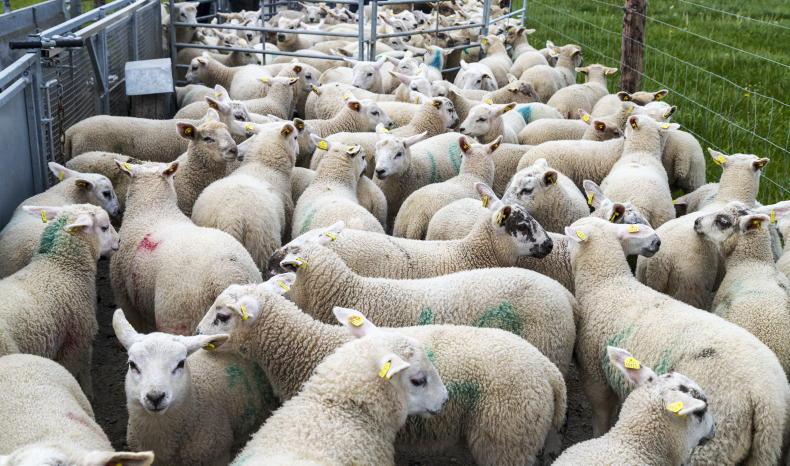
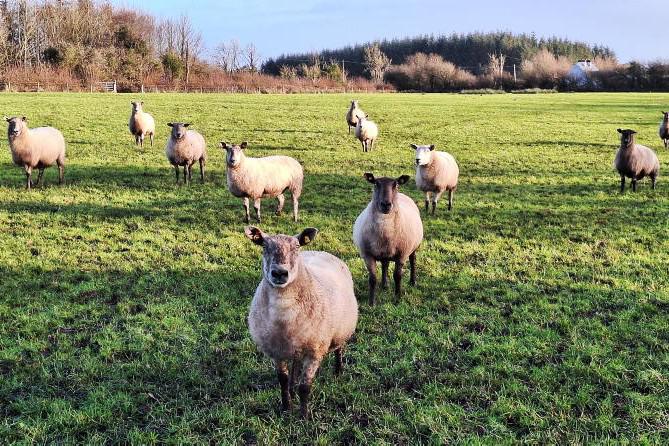

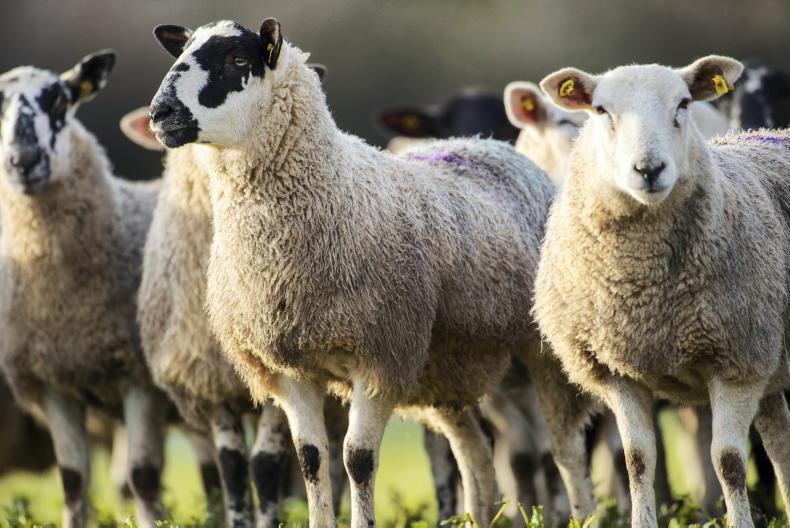
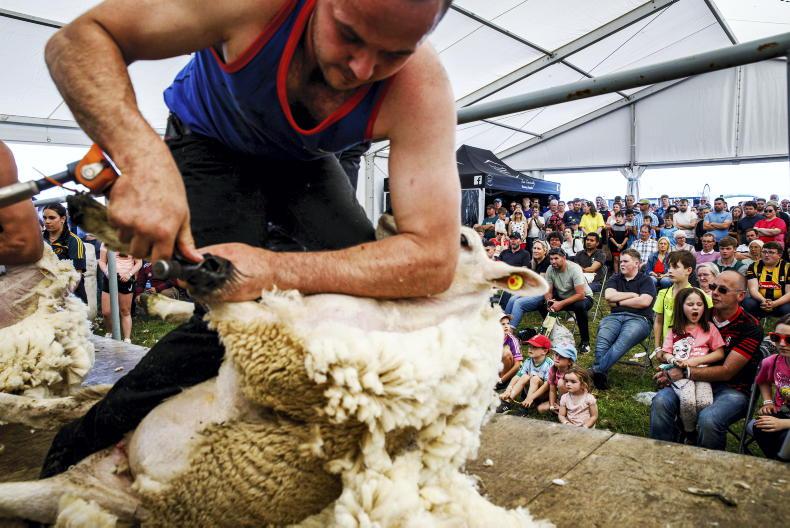
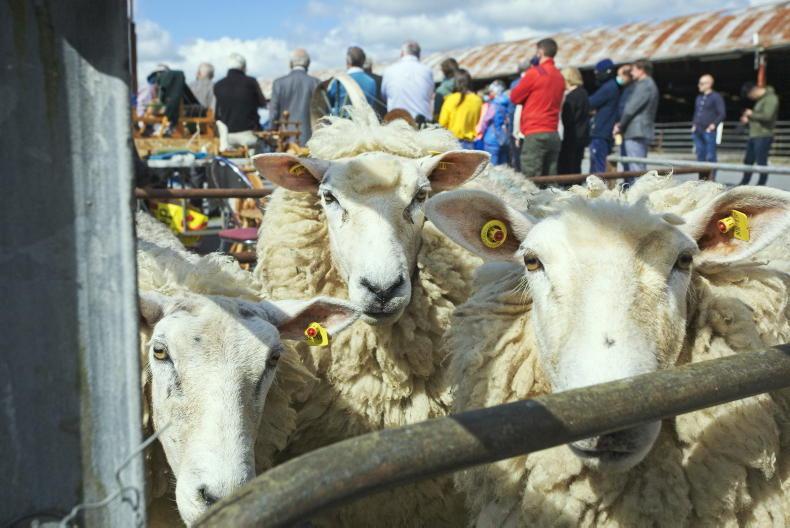
SHARING OPTIONS